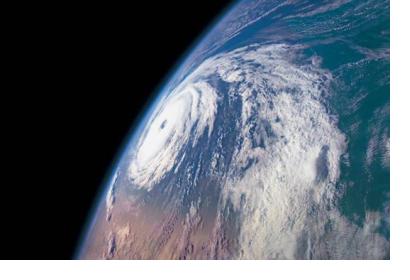In recent decades, early warning systems have been playing a key role in saving lives and reducing losses when natural hazards strike communities. Effective early warning systems not only save lives but also help protect livelihoods and national development gains. The benefits of early warning systems have been recognized in the Hyogo Framework for Action in 2005, and more recently in the Sendai Framework for Disaster Risk Reduction 2015-2030. The Sendai framework highlights the need to invest in, develop, maintain and strengthen people-centred multi-hazard, multi-sectoral forecasting and early warning systems; and requests the international community to promote the further development of, and investment in, effective, nationally compatible, regional multi-hazard early warning mechanisms.
As a way to support multi-hazard early warning efforts around the world; UNISDR, WMO, UNESCO, UNOOSA, the Government of Mexico and other partners will be conducting the Multi-Hazard Early Warning Conference in Cancun, Mexico, from 22 to 23 May 2017. The Conference, to be hosted by the Government of Mexico, will be held in conjunction with the 2017 Global Platform for Disaster Risk Reduction of the United Nations Office for Disaster Risk Reduction (UNISDR), which will take place in Cancun from 22 to 26 May. The Conference will consist of plenary sessions and will include panel discussions and a poster session.

